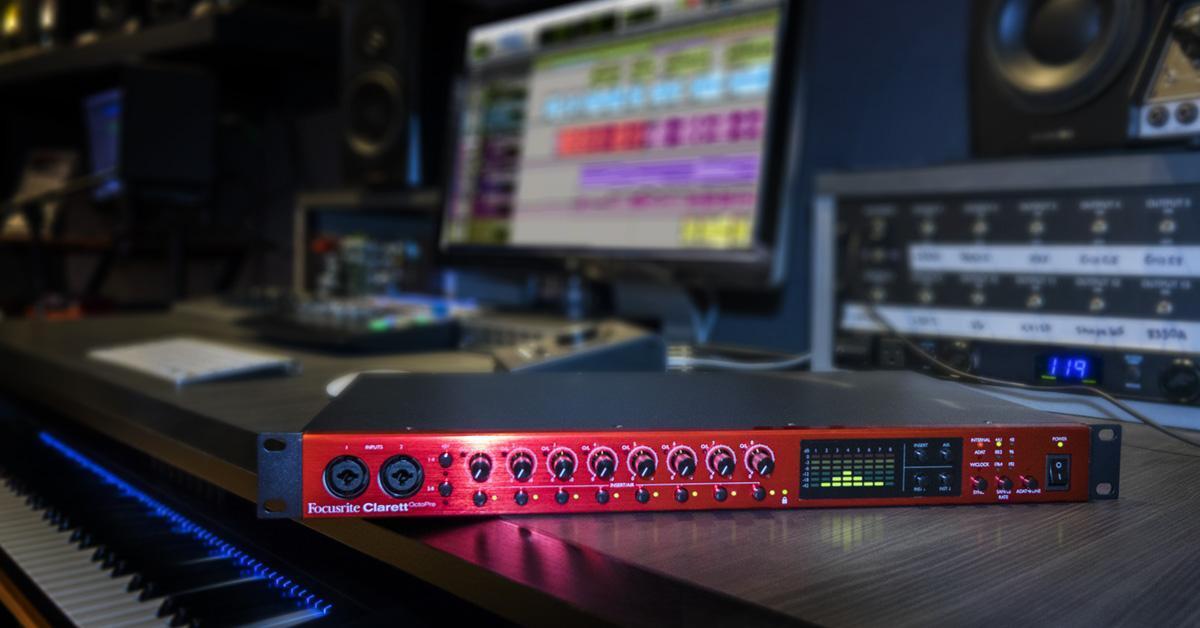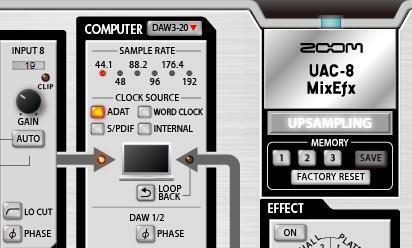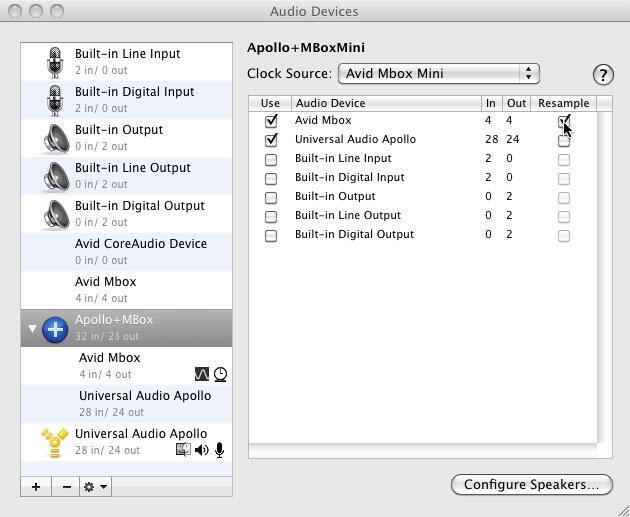How to Use Optical Input on Audio Interface

The most popular audio interface format is 2 in, 2 out, partly because it's the most economical option. But also, someone working solo in the studio might think they can't do much more than sing and play one instrument at a time, so why would anyone need more inputs?
![]()
Buying Audio Interfaces at Sweetwater is Better!
With an incredible selection of the best audio interface brands at any price point, FREE expert guidance from your personal Sales Engineer, and valuable extras like our 2-year Total Confidence Coverage Warranty. For friendly, expert guidance, call a Sales Engineer now at (800) 222-4700!
Here's why: better workflow, more fluid recording, and not getting sidetracked when inspiration strikes. Think about all your outputs: maybe you have an electric guitar, dynamic mic, acoustic guitar, condenser mic, bass, a couple of room mics, a keyboard workstation synthesizer with multiple outputs, some hardware processors — it adds up! I started off with an 8-input interface, and it didn't take long before I was spending too much time re-patching cables and resetting levels instead of recording.
It was a revelation when I had enough interface inputs to accommodate everything. All my instruments were set up, they were patched into inputs, and levels were already set. All I had to do on my software was select an input — which was always the same for any given instrument, leading to even more efficiency.
If you're buying your first interface, I highly recommend getting more inputs than you think you'll ever need. But even if you're currently input-challenged, there are simple solutions.
ADAT Interfaces: The Key to Painless Expansion
You'll see interfaces that claim, for example, 18 inputs but have only eight mic preamps. Say what? Well, the other inputs are typically an ADAT optical interface, which provides eight digital inputs, and S/PDIF, which provides two digital inputs.
This is brilliant — if you don't need more than eight mic pres or analog inputs, you don't need to pay for them. But if you do need more inputs, many devices incorporate eight mic preamps that feed an ADAT digital output. Connect the ADAT output from units like the MOTU 8pre, PreSonus DigiMax DP88, Focusrite Scarlett OctoPre or Clarett OctoPre, Audient ASP880, Behringer ADA8200, Grace Design m108, or ART TubeOpto 8 to an audio interface's ADAT input, and voilà — eight more inputs. Some standard interfaces work similarly. For example, TASCAM's US-20×20 has a Mic Pre mode that sends its eight mic pre outputs to both the analog and ADAT outputs.

The only caution with expanding via ADAT optical is that you need to sync the interfaces properly (Fig. 1). Typically, your expansion unit provides the clock signal via its ADAT output, so your main interface needs to sync to the incoming ADAT clock signal. This will usually limit you to 44.1kHz or 48kHz, unless your interface and expander both support ADAT S/MUX (described later).
Which Interfaces Have ADAT Inputs?
Quite a few, actually. The Focusrite Scarlett 18i20 and Clarett 8Pre 18×20, PreSonus Studio 192, RME Babyface Pro FS, TASCAM US-20×20, and others have an ADAT port for easy expansion. There are also interfaces with two ADAT ports for 16 additional inputs, like the MOTU 828es 28×32, RME Fireface UFX II, Steinberg UR816C, Apogee Ensemble, and Universal Audio Apollo 8 Quad 18×24 (Fig. 2 — you can even cascade up to four Apollo 8 Quads).

Also note that some interfaces let you run two ADAT ports at higher sample rates using the ADAT S/MUX protocol, albeit with reduced channel counts. For example, two ADAT ports can handle 16 channels at 44.1kHz or 48kHz, or 8 channels at 88.2kHz or 96kHz.
But Wait — There's More: Aggregating Interfaces
Another way to add more inputs is by aggregating multiple interfaces — essentially, you buy another interface to supplement, not replace, the one you already have. The Mac makes this easy, because it's designed to aggregate Core Audio interfaces. Open Audio MIDI Setup (under Utilities), and then choose the Audio Devices window (Fig. 3). Click the little + sign in the lower left corner; an Aggregate Device box appears, and you'll see a list of available I/O. Check the interfaces you want to aggregate, and check "resample" for the secondary interface or interfaces. Now all input and output options will be available in your host program.

Windows can aggregate devices using Windows' native drivers, like WDM/KS and WASAPI; select one of these drivers in your host software, and all interfaces that support those drivers will show their available inputs and outputs in your application. However, this is of limited use because ASIO, which was not designed to handle multiple interfaces, is far more common for Windows. Some manufacturers (e.g., RME, Roland, PreSonus) get around this by creating drivers that recognize their interfaces as one big interface instead of multiple interfaces. It works quite well within various constraints — the main one being that it works only with a particular manufacturer's interfaces, or only with their interfaces that use certain protocols (e.g., FireWire or Thunderbolt).
Regardless of how you choose to add more inputs, don't just think of them as inputs — think of them as a patchbay you never have to re-patch, because everything you want to record will only be a couple of clicks away.
Shop All Audio Interfaces
How to Use Optical Input on Audio Interface
Source: https://www.sweetwater.com/insync/add-inputs-audio-interface/